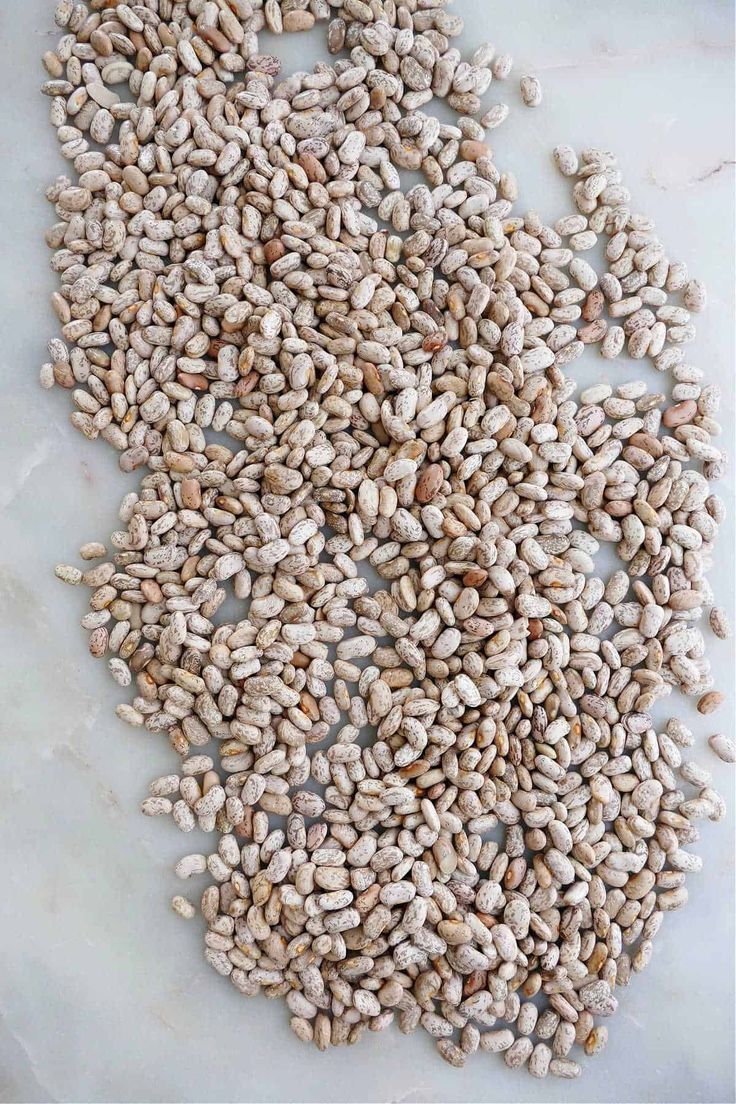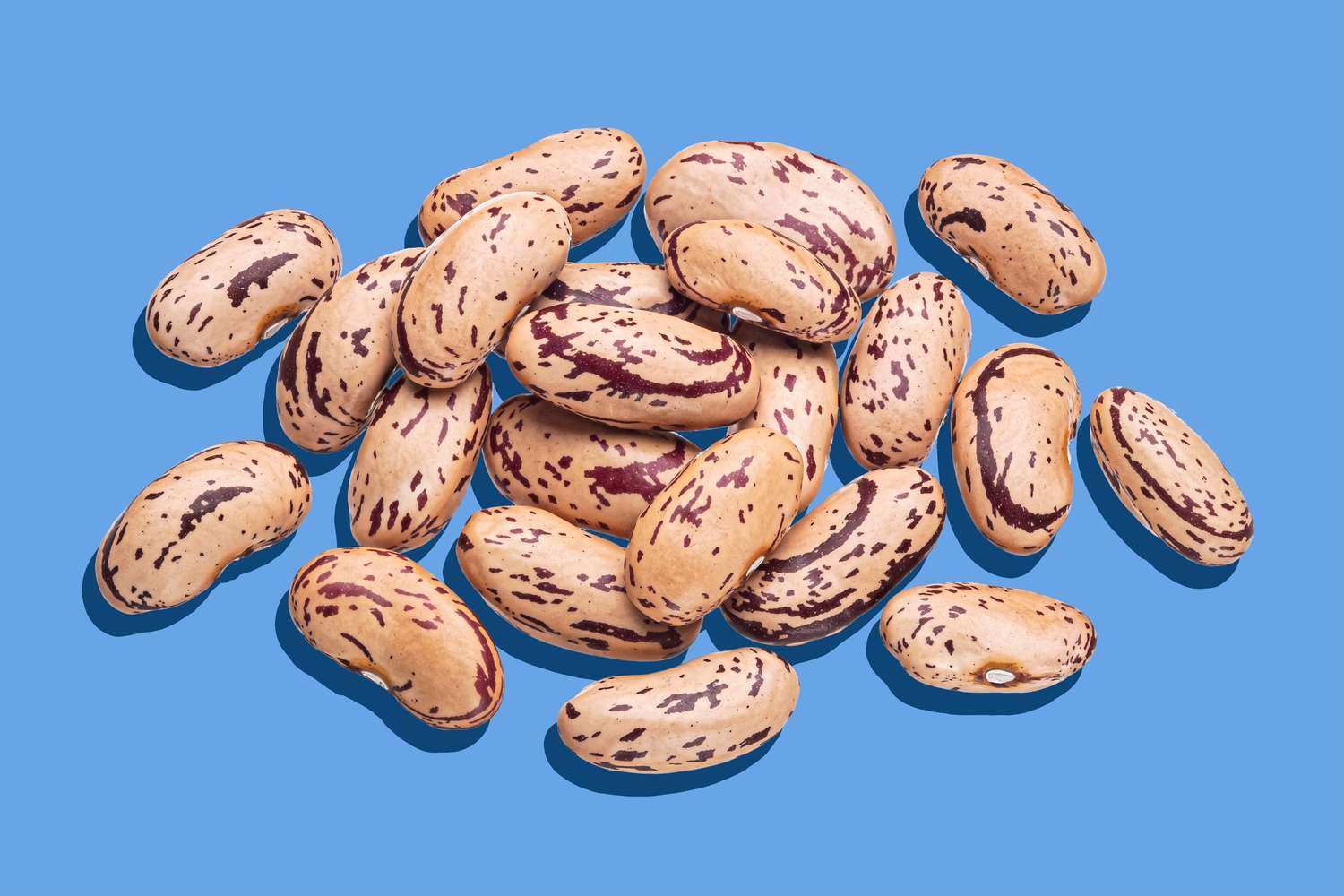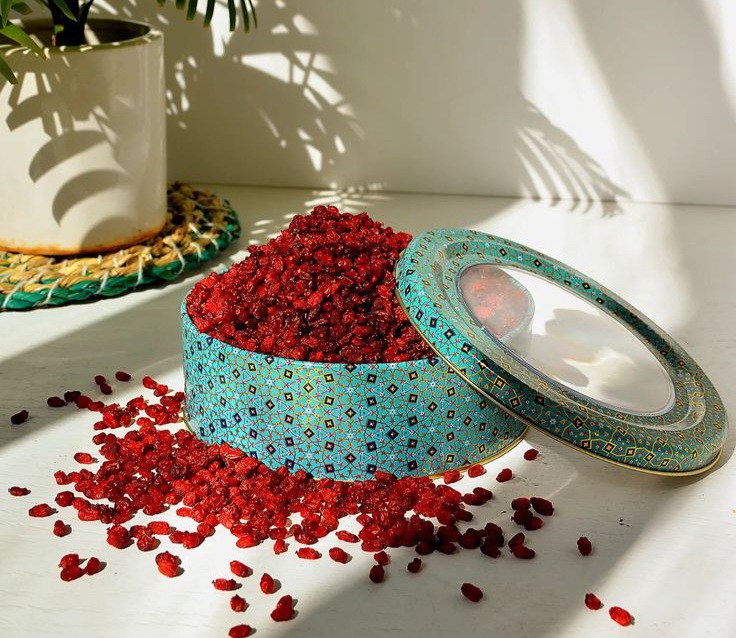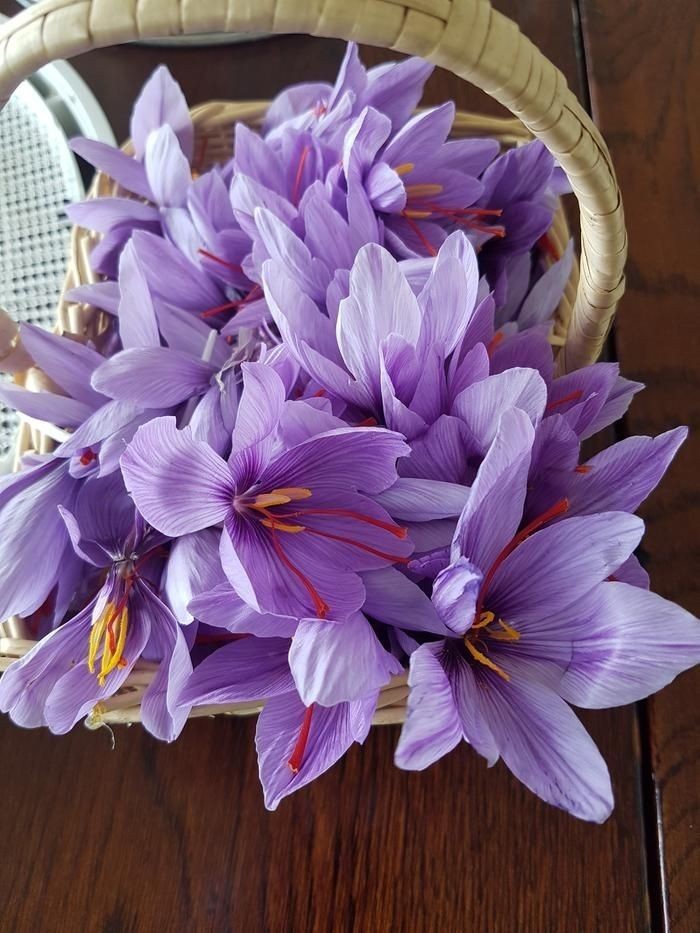Categories
The latest content
-

Customs Clearance & Import Regulations for Bulk Iranian Pinto Beans in EU, Middle East & Africa
..
-

Quality Control & Laboratory Testing Standards for Iranian Pinto Beans
..
-

Logistics & Shipping Solutions for Bulk Iranian Pinto Bean Exports
..
-

Minimum Order Quantity (MOQ) & Bulk Pricing for Iranian Pinto Bean Buyers
..

Tags
Global Market Trends & Price Forecast for Iranian Barberries (2025–2026)

Iranian barberries, known locally as Zereshk, are emerging as one of the most sought-after superfoods in global trade. With their vibrant color, tangy flavor, and powerful antioxidant profile, barberries have transitioned from a traditional Persian ingredient to a modern health commodity in Europe, the Middle East, East Asia, and North America.
As the leading exporter of premium Iranian barberries, Tamila Agrifood Company analyzes the latest trends, export patterns, and price forecasts that will shape the barberry market through 2025 and 2026.
1. Global Demand: From Niche to Mainstream
Over the past five years, global demand for Iranian barberries has seen a consistent growth of 7–10% annually, driven primarily by the following factors:
• Increasing interest in natural antioxidants and functional foods.
• Rising popularity of Middle Eastern and Mediterranean cuisines in Western markets.
• Expansion of health food chains and organic product retailers in the EU, Canada, and Japan.
In 2025–2026, barberries are expected to move further into mainstream health food markets, competing directly with goji berries, cranberries, and pomegranates.
Key Import Destinations (2024 data):
Germany: Largest European importer, focusing on organic and retail-packed barberries.
Turkey: Acts as a re-export hub for Eastern Europe and Central Asia.
UAE: Major redistribution point for GCC and African markets.
China: Rising importer for pharmaceutical and herbal supplement applications.
2. Supply Chain Overview: The Iranian Advantage
Iran remains the sole large-scale producer of edible barberries in the world, accounting for over 95% of global supply. The key production region — South Khorasan province (Birjand and Qaen) — benefits from:
• Semi-arid climate ideal for natural drying.
• Traditional cultivation with minimal chemical input.
• Generational farming expertise ensuring consistent quality.
Tamila Agrifood Company partners directly with selected farmers, ensuring:
• Controlled moisture levels (below 14%).
• Bright ruby-red coloration through controlled drying.
• HACCP and ISO 22000 compliance from farm to export.
However, climate fluctuations and limited irrigation resources continue to pose challenges for long-term production stability.
3. Market Segmentation: Food, Beverage & Pharmaceutical Uses
The global barberry trade is no longer limited to culinary applications. By 2026, the market is expected to diversify across three major sectors:
Segment Market Share (2024) Growth Forecast (2025–2026)
Food & Culinary 65% +8% annually
Pharmaceutical & Herbal Extracts 20% +12% annually
Beverage & Functional Drinks 15% +10% annually
Pharmaceutical interest is especially growing, as berberine, an active compound in barberries, gains recognition for its potential role in blood sugar regulation and cholesterol management.
This growing demand for standardized barberry extracts has encouraged suppliers like Tamila Agrifood to expand into value-added processing and extract-grade barberry sourcing.
4. Price Forecast: What to Expect in 2025–2026
The export price of Iranian barberries is influenced by several key factors:
• Exchange rate fluctuations of the Iranian Rial against USD.
• Harvest yield variations due to climate conditions.
• Logistics and freight costs in post-sanctions trade environments.
• Global demand for natural ingredients in the health food industry.
Based on 2024 trade data and current market projections, here is a forecast of average FOB prices (per metric ton):
Grade / 2024 Avg. Price (USD/MT) / 2025 Forecast (USD/MT) / 2026 Forecast (USD/MT)
Puffy (Pofaki) Grade / $5,900 / $6,800 – $8,300 / $7,000 – $8,900
Anari (Seeded) Grade / $4,800 / $5,300 – $6,500 / $5,600 – $6,800
Industrial Grade $4,300 / $4,800 – $5,700 / $5,000 – $6,200
Note: Prices are FOB Bandar Abbas, subject to moisture content, packaging, and certification requirements (Organic / HACCP / Halal).
5. Emerging Trends Shaping the Global Barberry Market
The 2025–2026 period will be marked by several major trends impacting both exporters and importers:
a. Shift Toward Organic and Sustainable Farming
Consumers increasingly demand clean-label products. Organic-certified barberries command up to 25% higher prices in the EU and Canada.
b. Rise of E-commerce & B2B Marketplaces
Platforms like EWORLDTRADE, Alibaba, and Made-in-China are accelerating direct access to global buyers.
Tamila Agrifood’s verified listings on such platforms have expanded our client network across 22 countries.
c. Packaging Innovation for Retail Exports
Retailers prefer vacuum-sealed, nitrogen-flushed, or zip-locked pouches to preserve freshness and extend shelf life.
Demand for eco-friendly packaging is growing rapidly in European markets.
d. Strategic Partnerships and Brand Recognition
Long-term contracts and co-branding with European distributors are key to maintaining price stability and market share.
6. Regional Trade Outlook (2025–2026)
European Union:
Continues to lead global imports, especially Germany, France, and the Netherlands. Organic certification is increasingly a must.
Middle East & GCC:
UAE and Saudi Arabia show strong growth in food manufacturing, confectionery, and catering sectors — making barberries a high-demand ingredient.
Africa:
Emerging destination for bulk shipments through Dubai intermediaries. Nigeria and South Africa are new growth points.
East Asia:
China and Japan are investing in barberry extracts for nutraceuticals and dietary supplements.
7. Tamila Agrifood’s Strategic Outlook
At Tamila Agrifood Company, our 2025–2026 strategy focuses on:
• Expanding organic and value-added barberry exports.
• Strengthening our European distribution network.
• Investing in freeze-drying and color-preservation technology.
• Offering flexible contract pricing to mitigate currency risks.
We believe the future of Iranian barberry exports lies in quality, traceability, and consistency, three pillars that define our business model.
8. Conclusion: Bright Prospects for a Red Jewel
The Iranian barberry industry stands on the edge of a new era. As consumers worldwide seek healthier and more authentic foods, barberries are set to shine as a premium natural product with deep Persian heritage and global appeal.
By maintaining strict quality standards, embracing sustainability, and adapting to modern packaging and marketing strategies, Iran can remain the undisputed global leader in barberry exports.
And Tamila Agrifood Company is proud to lead that transformation, from the orchards of South Khorasan to dining tables across Europe, the Middle East, and beyond.
For Bulk Orders & Price Offers:
Email: tamilaagrifood@gmail.com
WhatsApp for Quotations & Inquiries: +989141858935



